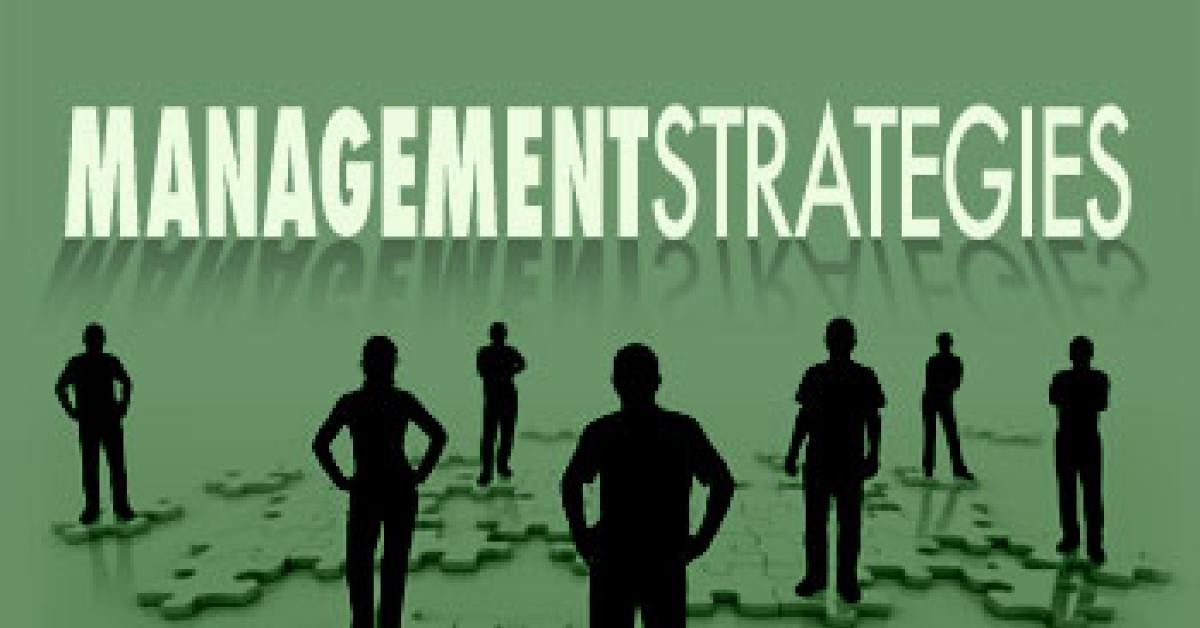SAN FRANCISCO — Owners often ask how to prepare their dry cleaning business for an optimum-priced sale. Generally, the answer is the same as the answer to an entirely different question: “How can I improve my business?”
To optimize the value of a business, make it the best it can be. Is that an oversimplification? Yes. Is it true? Yes.
KEYS TO PROFITABILITY
How can you make your business more profitable? Try these approaches:
Be Flexible
You need to be willing to consider new options, including:
Processes — Continual innovations, changing regulations and improved equipment have combined to make streamlined processing possible. Be certain your current process is appropriate and efficient and not just based on habit.
Suppliers — The consolidation of supply chains has created an especially challenging environment for local suppliers. If your preferred supplier has not adapted appropriately to reduce your costs, it is time to review the relationship and the cost/reward ratio.
And try to be open to opportunities, such as:
Acquisitions — One of the most effective ways to achieve greater sales and profitability is to acquire a respected competitor. Many owners have added to their enterprise value through acquisitions that helped achieve better market coverage and better economies of scale through consolidation of management, production capacity, support services and promotional efforts.
Diversification — Your existing customers need ancillary services that you can add to your arsenal. Many of you have developed fire restoration divisions in the past. Current examples include niche commercial linen services and rug cleaning. Diversification should not be entered upon lightly, as new divisions require investment and management.
Consumer Trends — Match your services to the changes in fashion and provide the cleaning services for your customers’ entire wardrobes.
Consumers understand better than we do that they are willing to pay to have their casual clothes look professionally cared for. Wash-and-fold is also a viable addition if you charge appropriately to cover your costs and your profit margin.
Automation — If a thorough ROI analysis is done beforehand, the addition of automation to your process can add productivity and profitability.
Be Current
It’s vital that you stay on top of your operation, particularly these aspects:
Service Mix — Provide your customers the convenience of one-stop shopping for all their fabricare needs. Don’t lose the sales volume opportunity. Don’t make them (or let them) use an alternative source because you don’t provide a needed service, i.e. rug cleaning. If you don’t want to provide it in-house, contracting the work to a wholesaler is a viable alternative.
Locations — Keep your locations relevant and convenient for your customers. If a store is declining, a key reason could be that dry cleaning users have moved away from the area.
Customer Profiling — Your customers’ habits and lifestyles change. Be sure you know what is important to them by periodically profiling your best customers so you can better cater to their wants and needs.
Appropriateness of Equipment — Ensure that your processes and equipment are current and not outdated or near the end of regulatory approval. For example, two companies with equal profitability may have different values if one has old equipment or uses a solvent that is facing a regulatory deadline.
People — Your team needs to have skills that match the current demands of their role in your company, especially as it pertains to the need to actively sell. Embrace technology to be effective, efficient and competitive from a profit perspective.
Legal — Keep your ownership status legally and unmistakably apparent. If there is any question as to whom has what interest, clear it up now. Verbal agreements evolve into disputes when memories become hazy or interests diverge.
Unambiguous buy-sell agreements need to be in place. Potential partner incapacity should be addressed, as should relevant insurance coverage.
Ensure that leases provide for business continuity, preferably through options that are controlled by the owner rather than the landlord.
Valuation — Buyers of fabricare (and other) businesses today are not determining value based on traditional formulas. They are interested in and willing to pay based on return on investment.
That is also how you should be valuing your company, whether you are selling to an outside party or “buying” it yourself daily by making the decision to continue to own it.
Have a question or comment? E-mail our editor Dave Davis at [email protected].

